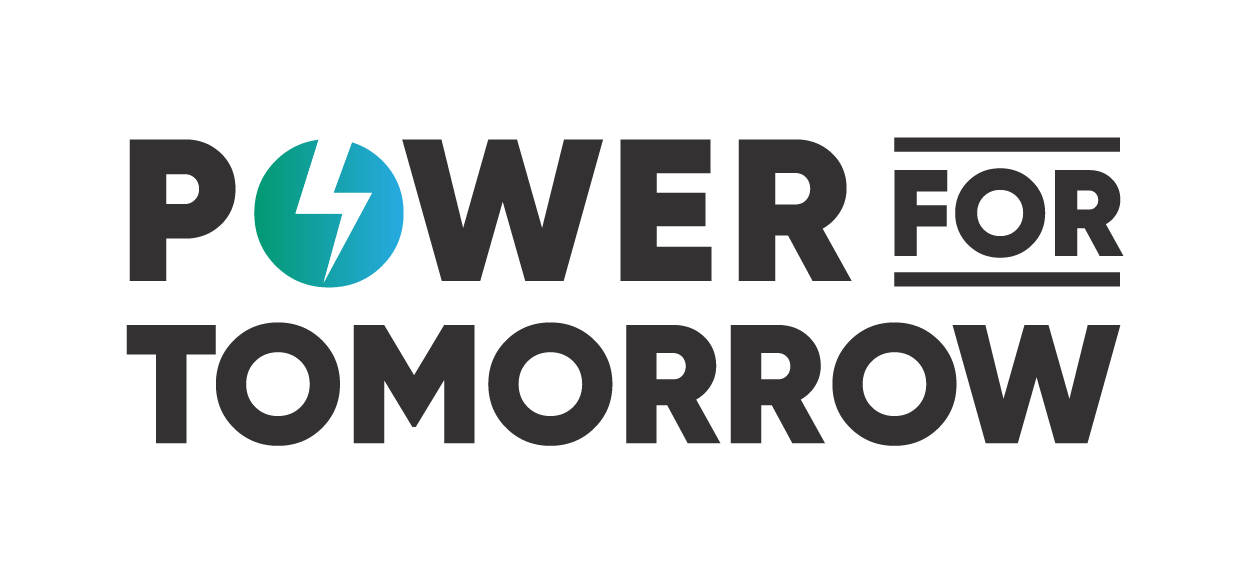A Retrospective on Hurricane Ian
As it so often does, a tragic event focuses attention on what is truly important. So it is with the aftermath of Hurricane Ian. The images of the devastation along the Southwest Florida Gulf Coast have been heartbreaking, but the hurricane has also highlighted the efforts of the best among us. The first responders who helped rescue those in harm’s way are certainly in that group, and so too are the thousands of utility workers who left their own families to travel across the country to assist in the rebuilding of Florida’s energy infrastructure. The pictures you may have seen of thousands of utility workers pre-positioned to begin the rebuilding effort are the result of mutual aid programs organized by the nation’s infrastructure owning utilities.
It pays to recall what enables this sort of response, for it is largely carried out by those traditionally regulated utilities that own and maintain the physical infrastructure that helps preserve the health and safety of American communities through the provision of life-supporting electricity. At the center of this utility business model is cost of service regulation. Though maligned by some critics, it is the venerable legal and regulatory construct that allows critical infrastructure companies to invest in the equipment and human capital that make a rapid response to natural disasters possible. The trucks, line workers, poles and wires aren’t conjured from the ether. This sort of deployment is made possible by decisions and investments that arise from a stable regulatory environment.
So say a prayer for all those in Florida that have lost property – and far more important things – to Hurricane Ian. But don’t forget to remember the front-line utility workers too, while considering the legal, regulatory and financial mechanisms that make a functioning critical infrastructure network possible.
